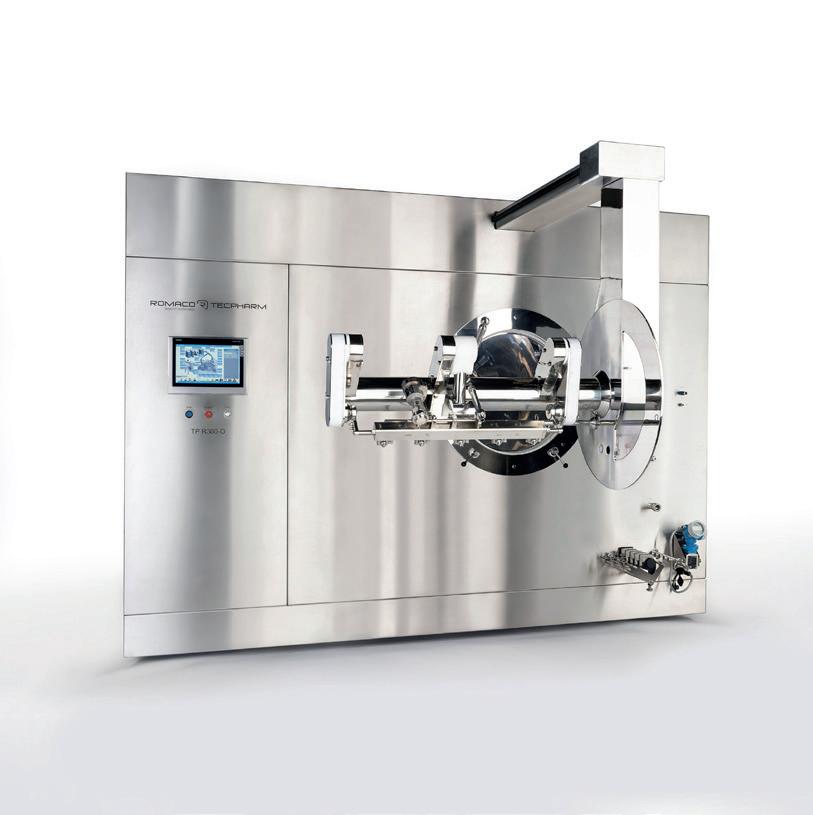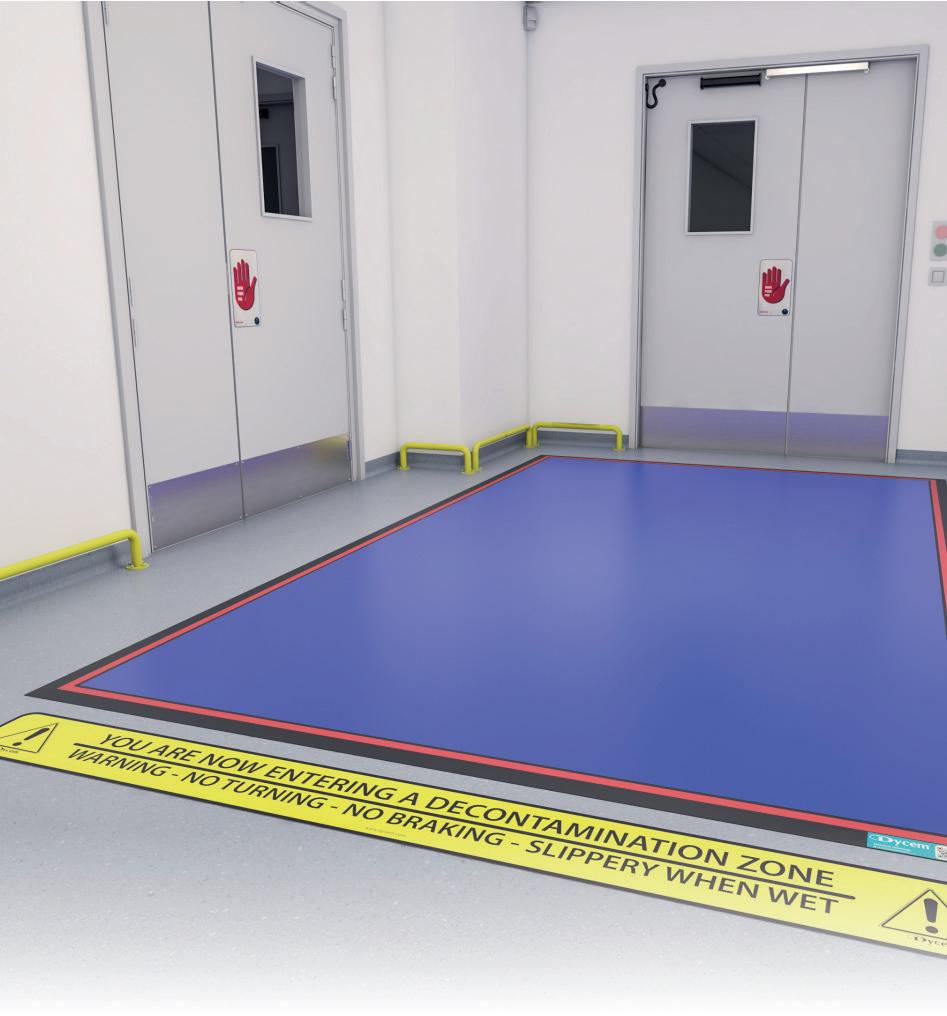
2 minute read
LEVERAGING WURSTER COATINGS FOR CONTR LLED RELEASE
from EPM July/August 23
by EPM Magazine
Afinal drug formulation influences the therapeutic activity of an active pharmaceutical ingredient (API) in the body. Each excipient has a purpose — from increasing solubility to improving taste — and the coating or capsule of a solid dose formulation is key. When exposed to the harsh conditions of the gastrointestinal tract, the coating or capsule will break down to release the drug substance over time. These systems remain a favoured option as the drug is slowly released over time, these controlled-release products can also reduce off-target toxicity.
Encapsulation of a drug protects the API from environmental factors such as moisture and oxidisation, extending product shelf life. With a range of options, choosing the right coating or capsule for a drug product is crucial to ensure a high-quality product. The prevalent choice within the pharmaceutical industry is Wurster coatings.
Harnessing Coating Technology And Overcoming Challenges
Wurster technology is a frequently used particle coating method that produces uniformly coated particles for controlled product release. The coating process involves loading the substrate into a fluidised bed chamber, spraying with the coating substrate suspended in a solvent and drying.
Compatible with a wide range of particle shapes and sizes, this method can be used for a variety of drug compositions. This process is suitable for automation, leading to a cost-effective method that can be easily scaled.
Even though it is used as a tool to produce high-quality, stable and effective controlled-release profiles, the Wurster coating method is subject to limitations, including:
• Incomplete coating: This can lead to an uneven final coating, resulting in inconsistent drug release profiles and unpredictable therapeutic outcomes.
• Agglomeration: The particles may stick together during the coating process, which reduces the surface area, leading to incomplete drug release and reduced bioavailability.
• Material loss: A coating that is too thin can lead to substrate loss, lowering the final product yield and increasing production costs.
Four Steps To A Tailored Wurster Coating Solution
To minimise the impact of product characteristics on the coating process, the Wurster coating method can be tailored to the desired product by following four key steps:
1. Complete preformulation studies: Confirm understanding of the physicochemical properties of the product.
2. Adapt coating composition: The coating solution can be optimised to ensure compatibility with the drug product.
3. Optimise the coating process: The process parameters for applying the Wurster coating can be redesigned to suit the new coating composition and the drug product.
4. Build in quality control testing: Incorporate quality control testing measures to ensure the final formulation meets the desired specifications.
By implementing these steps into practice, a highly effective controlled-release formulation can be developed using Wurster coating methods. As this process requires specialised technology, partnering with an expert can provide insight into this process, helping to tailor this flexible method to the product for the optimum therapeutic effect.
Meeting Controlledrelease Standards
Making sure that encapsulated drugs meet the needs of the compound characteristics, drug efficacy and safety is vital. Adopting and optimising the Wurster coating process can help overcome challenges associated with applying a coating to a drug product, ensuring fit-for-purpose, uniform and consistent formulations for the desired release profile. Incorporating quality control measures and testing into processes also guarantees that the final formulation is regulatory compliant.










